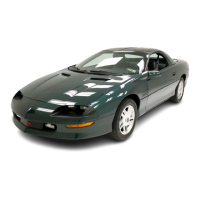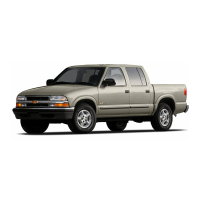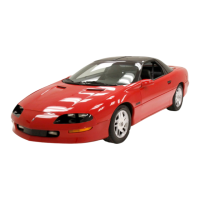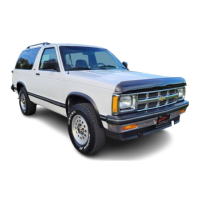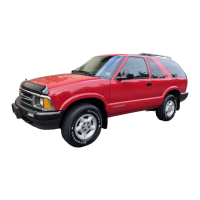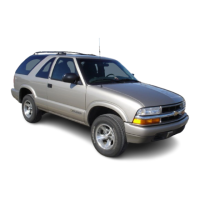Include an ice scraper, a small brush or broom, a supply of windshield
washer fluid, a rag, some winter outer clothing, a small shovel, a flashlight,
a red cloth, and a couple
of
reflective warning triangles. And, if you will be
driving under severe conditions, include a small bag of sand, a piece of old
carpet
or
a
couple of burlap bags to help provide traction. Be sure you
properly secure these items in your vehicle.
Driving
on
Snow
or
Ice
Most of the time, those places where your tires meet the road probably have
good traction.
However, if there is snow
or ice between your tires and the road, you can
have a very slippery situation. You’ll have a lot less traction or “grip” and
will need to be very careful.
What’s the worst time for this? “Wet ice.” Very cold snow or ice can
be
slick
and
hard to drive on. But wet ice can be even more trouble because it
may offer the least traction
of
all. You can get “wet ice” when it’s about
freezing
(32
OF;
OOC)
and freezing rain begins to fall. Try to avoid driving
on wet ice until salt and sand crews can get there.
Whatever the condition
-
smooth ice, packed, blowing or loose
snow
-
drive with caution.
Accelerate gently. Try not to break the fragile traction.
If
you accelerate too
fast,
the
drive wheels will spin and polish the surface under the tires even
more.
4-32
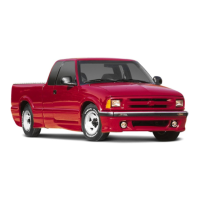
